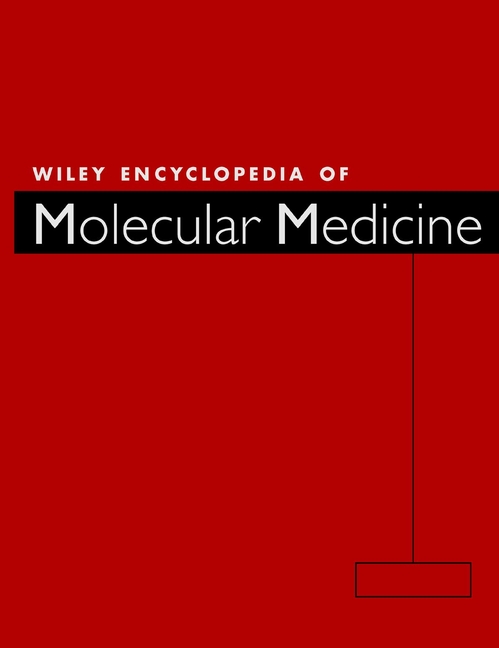C1 Inhibitor
Alvin E. Davis III,
Mario Tosi,
Alvin E. Davis III
Center for Blood Research, Boston, Massachusetts
Search for more papers by this authorAlvin E. Davis III,
Mario Tosi,
Alvin E. Davis III
Center for Blood Research, Boston, Massachusetts
Search for more papers by this authorFirst published: 15 January 2002
No abstract is available for this article.
Bibliography
- 1 K. Zahedi, A.E. Prada, and A.E. Davis III, J. Biol. Chem. 269, 9669–9674 (1994).
- 2 K. Zahedi et al., J. Immunol. 162, 7249–7255 (1999).
- 3 A.E. Davis III et al., Nat. Genet. 1, 354–358 (1992).
- 4 K. Skriver et al., J. Biol. Chem. 266, 9216–9221 (1991).
- 5 P. Stein and C. Chothia, J. Mol. Biol. 221, 99–102 (1991).
- 6 E. Eldering et al., J. Biol. Chem. 270, 2579–2587 (1995).
- 7 D. Stoppa-Lyonnet, P.E. Carter, and T. Meo, Proc. Natl. Acad. Sci. U.S.A. 87, 1551–1555 (1990).
- 8 T. Ariga, P.E. Carter, and A.E. Davis III, Genomics 8, 607–613 1990).
- 9 C. Duponchel et al., Hum. Mutat. 17, 61–70 (2001).
- 10 E. Verpy et al., Am. J. Hum. Genet. 59, 308–319 (1996).
- 11 M. Cicardi et al., Clin. Exp. Immunol. 106, 4 75–480 (1996).
- 12 E. Pappalordo et al., J. Allery Clin. Immunol. 106, 1147–1154 (2000).
Additional Reading
- Davis III A.E., in J.E. Volanakis and M.M. Frank, ed., The Human Complement System in Health and Disease, Marcel Dekker, New York, 1998, pp. 445–480.
- Stein P.E. and Carrell R.W., What do dysfunctional serpins tell us about molecular mobility and disease? Nat. Str. Biol. 2, 96–113 (1995).



